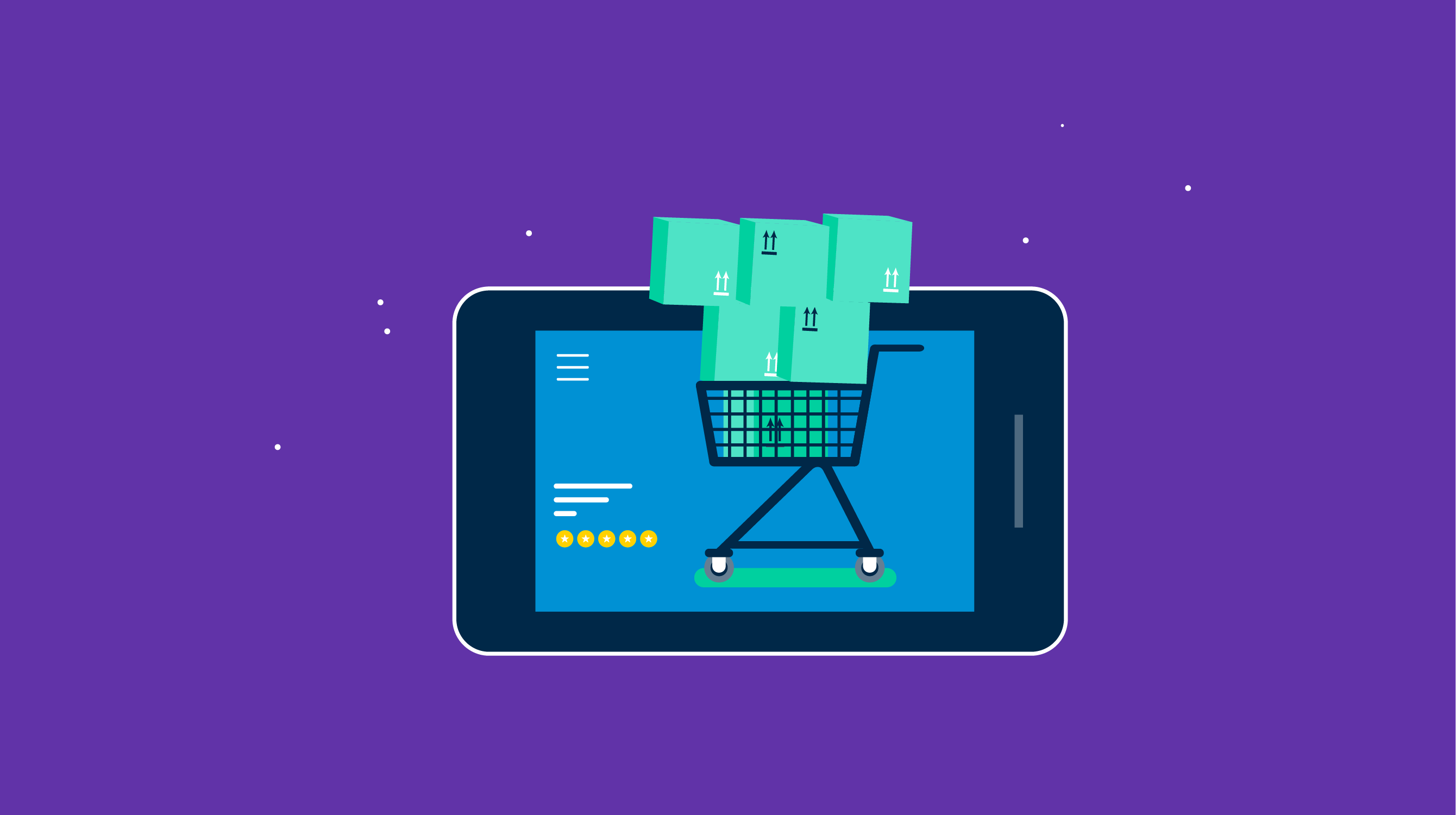What is guided selling?
Guided selling is a sales process that recreates an in-store experience by asking consumers questions to identify their wants and needs. The answers help brands recommend products that best meet the consumer's requirements. Guided selling aims to understand and analyze consumers' goals and point them towards the best purchase.
Guided selling is also e-commerce's version of an in-store sales assistant. By asking questions and providing answers that make the consumer feel like they’re part of a one-on-one conversation, this method offers an elevated customer experience that predictive search and chatbots can’t match.
To enhance the user experience throughout the guided selling process, brands may use e-commerce personalization software. These tools capture user behavior in real-time across multiple channels and provide personalized messaging to help users discover and buy products or services. E-commerce professionals use e-commerce personalization software to increase online sales.
Types of guided selling solutions
In today’s fast-paced world, guided selling solutions reduce the time and effort required to make a purchase. These solutions deliver improved convenience and customer experience. Common types of guided selling solutions include:
- Product guides and product finders: Use artificial intelligence (AI) technology to ask customers questions to understand their needs and guide them toward the best recommendations. These solutions also make technical data more understandable for consumers.
- Product configurators: Give customers the ability to choose, customize, and personalize their items before hitting “purchase.” For instance, a brand selling bicycles could use product configurators to give consumers the ability to adjust elements like the bike’s color, components, and size, and see a photorealistic image of the final product in real time.
- Gift finders and quizzes: Gift finders are tools that help a customer find the best gifts for a particular person. Some questions a gift finder tool may ask include gender, occasion, and age. Quizzes also help guide consumers toward the perfect product and offer a unique customer experience.
Benefits of guided selling
Guided selling is an extension of the user experience. It’s a subtle way for brands to nudge customers toward making a purchase. Some other benefits of guided selling include:
- Uncovering customer needs: The data collected from guided selling allows companies to create solutions that best fit their customer needs and discover previously unknown customer preferences.
- Removing purchase barriers: The entire process takes the guesswork out of purchasing for consumers. With all of their questions answered and a visual sneak peek of the product, they’re more likely to buy a product or service.
- Reducing product returns: This process cuts down on customer returns and saves the company money. Armed with more knowledge pre-purchase, the customer is more likely to find a product that fits their wants and needs the first time around.
- Fostering brand loyalty: Consumers prefer to buy from companies that offer some form of personalization. Guided selling offers unique results with every interaction and creates a fun overall experience for the customer.
- Driving sales conversions: Consumers may experience choice paralysis when they have too many products to choose from. The questions asked in the guided selling process help combat this and lead customers to products that work best for them.
Guided selling best practices
Guided selling solutions allow companies to analyze and act on their customers’ needs to distinguish themselves from the competition. When creating a guided selling solution, companies should keep the following best practices in mind:
- Optimize for speed. To speed up the guided selling process, opt for an “accordion” design that expands sections on a single page. Showing a progress bar can also increase consumer engagement.
- Use images. Although plain text is useful for describing products, text paired with images leads to a more powerful and intuitive experience for the consumer.
- Educate consumers. By showing the user the main priority of a product or service, a brand can use questions to educate consumers and introduce them to relevant terminology.
- Keep the experience as simple as possible. Consumer time is valuable. It’s important to keep customers engaged by making sure to ask only essential questions and simplify the experience as much as possible.
- Provide context to questions and recommendations. The purpose of guided selling is to digitally mimic the sales process of buying an item in-store. Therefore, guided selling solutions should aim to recreate the experience a salesperson would provide by asking questions that are important to buyers to help them find the most suitable product. For example, if a customer is interested in buying running shoes, a series of questions could determine what type of shoe works best for the individual.
- Test and analyze. Creating a good guided selling solution is an ever-evolving process that involves many iterations. Testing different versions, monitoring performance, and analyzing user behavior by running a cohort analysis helps optimize the solution.

Amanda Hahn-Peters
Amanda Hahn-Peters is a freelance copywriter for G2. Born and raised in Florida, she graduated from Florida State University with a concentration in Mass Media Studies. When she’s not writing, you’ll find Amanda coaching triathletes, cuddling up with a good book, or at the theater catching the latest musical.




















